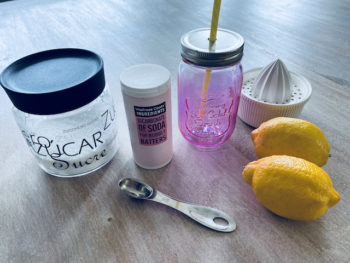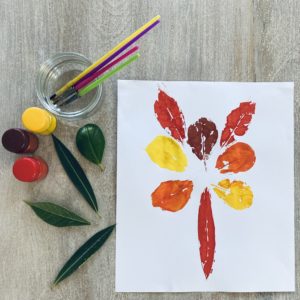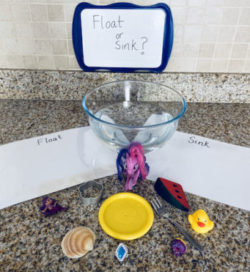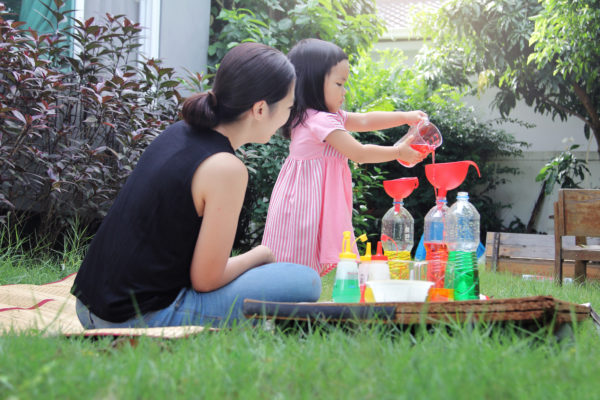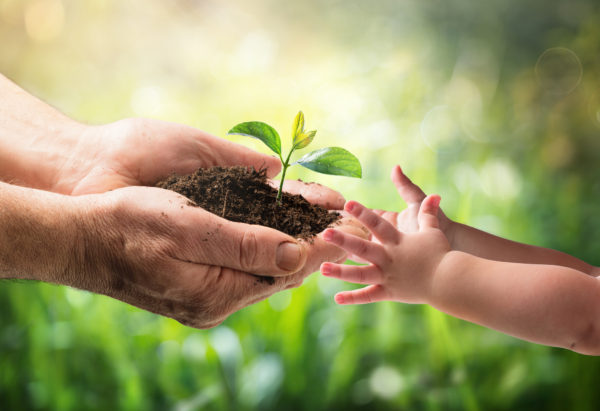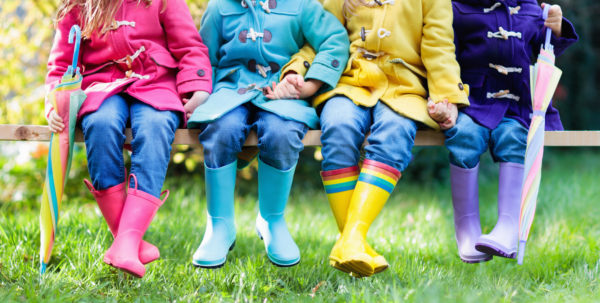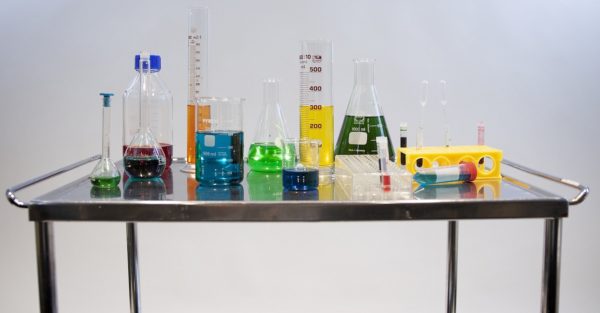Simple Sensory Play Activities at Home
What is sensory play?
Sensory play involves activities that stimulate children’s five senses – sight, smell, touch, taste and hearing. Though sensory play, children explore and naturally use scientific processes while they play, investigate, create and discover new sensations. Sensory play is also linked to supporting early child development goals. For example, listening to new sounds supports language development, and sorting unique materials, like soft versus hard items, supports fine-motor skill coordination and cognitive development. Sensory play is not all about finger painting! There are so many simple sensory play activities that require little preparation and only a few materials.
Why is sensory play important?
From the day they are born, kids are designed to explore their new world using their senses. Think about babies and toddlers who touch everything and put things in their mouths. Or kids who make funny noises with their mouths and experiment with sounds by banging objects together. Sensory exploration is a child’s way of examining, discovering and making sense of the world, and it’s beneficial to provide them with opportunities for sensory play.
Sensory play is important to brain development because sensory stimulation for baby is essential for brain development. It strengthens synapses in the brain which are added or pruned based on life experiences. This is called experience dependent plasticity/neuroplasticity. Neuroplasticity is the brain’s ability to change neural pathways or synapses to rewire the brain. Exposing children to various sensory experiences is necessary for a young brain to develop the proper sensory processing capabilities.
What skills are built from sensory play?
- Language skills: Playing with different types of textures, tastes, and objects help your child build vocabulary and find new ways of talking about the world around them.
- Fine Motor Skills: Sensory play involving touch often uses fine motor skills by exploring things using pinching, pouring, and lacing movements.
- Problem Solving Skills: As children manipulate objects and explore through their senses, they are developing key strategies to problem solving – guessing, experimenting, testing assumptions, and making conclusions are all foundations of the scientific method.
- Regulating Emotions: Certain types of sensory play can be calming and assist a child in emotional self-regulation. Focusing on a sensory activity can help calm a child’s anxiety.
Easy, Non-Messy Sensory Activities:
Sensory Activities using Sight:
Science based activities are a great way to stimulate the sight sense by encouraging concentration and prediction skills. This experiment explores the chemical reaction that occurs when you combine acid and base compounds. When these two substances are combined, they produce carbon dioxide, creating bubbles.
Leaf printing is a fun way of exploring the textures of nature. First collect different shaped leafs and discuss how they feel, do some have more bumps and grooves than others? Paint the back of the leaf and press down onto white paper to show the texture marks.
Sensory Activities using Sound:
Kitchen Music

The kitchen is the best place to find a variety of objects made from different materials. Experiment with banging a wooden spoon on a metal pot. Try tapping a metal spoon onto a plastic bowl. Children will love exploring how the sound changes depending upon the materials they are using to make music.
Homemade Instruments
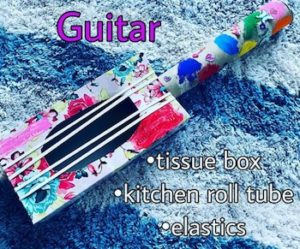
Making musical instruments at home is fun and easy! To make a guitar, use an empty tissue box, a kitchen roll cardboard tube and elastics. Other easy ideas: a shaker using an empty container with a lid filled with dry rice or a pan pipe made with plastic straws taped together into a flat square shape and one end cut on an angle to create a diagonal line.
Sensory Activities using Taste:
Blindfold Taste Test
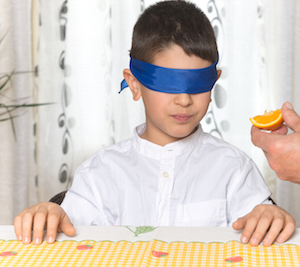
Kids love to taste food and guess so setting up a blindfold taste test is a great option. Stick with a theme to start with such as fruit or vegetable. For young children you can present the foods on a platter first, name them and then put the blindfold on and try to guess what each taste is. Encourage the use of adjectives to describe flavour and texture.
Cooking Together

The best way to get children exploring with their sense of taste is by cooking together. Try to make simple recipes such as sugar cookies, pancakes or muffins. While cooking, encourage your child to taste the various ingredients and ask them to describe the flavours using taste adjectives like sweet, sour, bitter etc.
Sensory Activities using Smell:
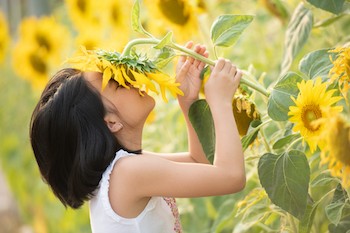
Nature Scents
Encourage children to explore nature through smells. Go outside and explore the local flowers, grass, trees and plants. Discuss which have strong smells and which have no smell. What is their favourite nature smell?
Smell and Seek
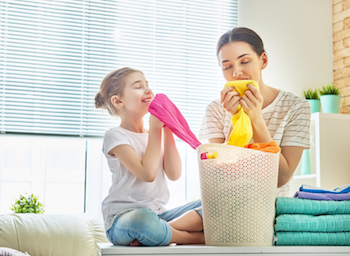
Test your kids’ sense of smell by spraying a washable object, like a clean sock, with a strong scent such as a perfume or air freshener. Ask your child to close their eyes and count to 20 while you quickly hide the sock somewhere in the room. See how long it takes them to find the sock by using their sense of smell.
Sensory Activities using Touch:
Handling objects made of different materials and different weights is a simple yet fun experience for kids. Let them explore the feel of each object and understand the qualities of shape, size and weight. In this simple science experiment, ask children to predict whether an object will sink or float. Drop the items into water. Are they sinkers or floaters? Why?
Children love things that they can squish and manipulate. Pumpkin seeds can provide many types of sensory experiences for early years children. To keep this activity mess free, place the pumpkin seeds into a zip-lock bag and let children explore the sensations of squishing the seeds.
Learning Through Sensory Activities
There are so many ways to incorporate sensory play into learning activities! By including a hands-on element to maths and literacy learning, children will be more engaged and enthusiastic.
Maths Activities with Sensory Play:
- Clothes Peg Counting
- Egg Carton Addition
- Marshmallow Shapes
- Paper Plate Fractions
- Butterfly Symmetry
Literacy Activities with Sensory Play:
- Rhyming Word Towers
- Broken Eggs Spelling
- High Frequency Word Play Dough
- Sound Scavenger Hunt
- Messy Letter Recognition
Sensory play as part of the day
There are so many simple sensory play activities for children to explore! These activities don’t require a lot of preparation or materials. The best way to explore a child’s world, is by using the materials they are surrounded by. Through sensory play, children will develop so many of the early skills needed to investigate, create and discover the world around them. By encouraging children to utilise their senses, we are creating non-threatening and enjoyable learning opportunities.

